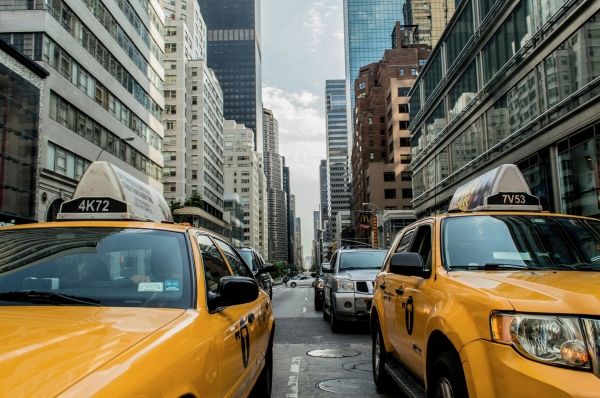Mobility is essential to urban life. It contributes to people’s ability to access work, food, education, leisure and more. It also contributes to climate change.
According to C40 Cities, cities are both a significant contributor to the climate crisis, responsible for 70 per cent of the world’s CO2 emissions, and the place where actions can make the greatest difference.
Transportation is one of the leading contributors of greenhouse gas emissions and air pollution worldwide. Given the role that cities play in climate change, we need to re-think and plan for a future in which cities work intentionally to direct change.
Sixty-four per cent of all vehicle kilometres travelled on a global basis are in cities, and this is anticipated to grow exponentially.
Finding alternatives
To address the stubborn challenge of reducing transportation-based emissions, cities need to lean on car-free alternatives such as public transit and active transportation. They also need to effectively engage with private firms to leverage disruptive transportation technologies, such as ride-hailing apps. Amongst urban pundits, there is tension between these two.
My research on ride-hailing, regulation and cities suggests, however, that both strategies are necessary.
Read more at University of Toronto
Image by Free-Photos from Pixabay


